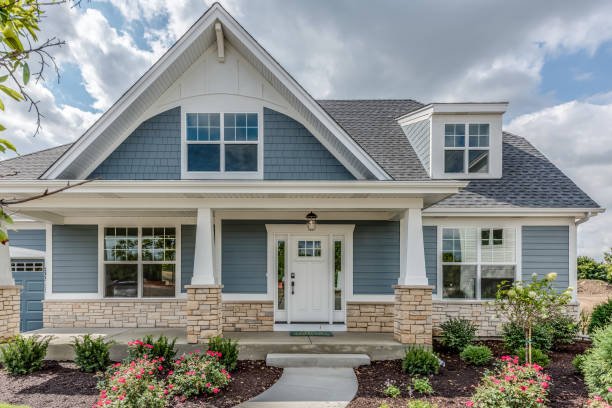CONVENTIONAL LOANS
This is a category of mortgages that are not insured or guaranteed by a government agency, such as the Federal Housing Administration (FHA) or the Department of Veterans Affairs (VA). Within the realm of conventional loans, there are two main types: conforming and non-conforming.
Conforming
Meets the guidelines set by government-sponsored entities like Fannie Mae and Freddie Mac. Here are some common requirements for a conventional conforming loan:
Credit Score: Typically, a minimum credit score of 620 is required, but a higher score may be needed for better rates.
Down Payment: A down payment of at least 3% to 20% of the home's purchase price is usually required.
Debt-to-Income Ratio (DTI): Lenders generally prefer a DTI ratio of 36% or less, but some may allow up to 45%.
Loan Limits: The loan amount must be within the conforming loan limits set by the Federal Housing Finance Agency (FHFA). These limits can vary by location.
Property Type: The property must be a primary residence, second home, or investment property.
Documentation: Proof of income, employment, assets, and other financial information is required.
Private Mortgage Insurance (PMI): If the down payment is less than 20%, PMI is typically required.
Appraisal: An appraisal is needed to determine the property's value.
Non-Conforming
Does not meet the standard guidelines set by Fannie Mae and Freddie Mac. Here are some examples of non-conforming loans:
Jumbo Loans: These are loans that exceed the conforming loan limits set by the Federal Housing Finance Agency (FHFA). They are often used for purchasing luxury homes or properties in high-cost areas.
Subprime Loans: These loans are offered to borrowers with lower credit scores or poor credit histories. They typically come with higher interest rates to compensate for the increased risk.
Alt-A Loans: These are loans that fall between prime and subprime, often used by borrowers who may have good credit but lack traditional documentation, such as self-employed individuals.
Interest-Only Loans: These loans allow borrowers to pay only the interest for a certain period, after which they must start paying both principal and interest.
Balloon Loans: These loans have lower monthly payments initially, but require a large lump-sum payment at the end of the loan term.
No-Doc or Low-Doc Loans: These loans require little to no documentation of income or assets, often used by self-employed borrowers or those with non-traditional income sources.
Portfolio Loans: These are loans that lenders keep in their own portfolio rather than selling on the secondary market, allowing for more flexible terms.
These non-conforming loans provide options for borrowers who may not qualify for traditional conforming loans, but they often come with higher interest rates and different terms due to the increased risk to the lender.
3% Down Payment Options
Fannie Mae's HomeReady Program: This program is designed for low to moderate-income borrowers and offers a 3% down payment option. It also provides flexible underwriting and income sources, including allowing rental income from a boarder.
Freddie Mac's Home Possible Program: Similar to HomeReady, this program is aimed at low to moderate-income borrowers and offers a 3% down payment. It also allows for flexible sources of funds for the down payment and closing costs.
Conventional 97 Loan: This is a standard conventional loan option that allows for a 3% down payment. It is available to first-time homebuyers and requires at least one of the borrowers to be a first-time homebuyer.
These programs require private mortgage insurance (PMI) until the loan-to-value ratio reaches 80%.












